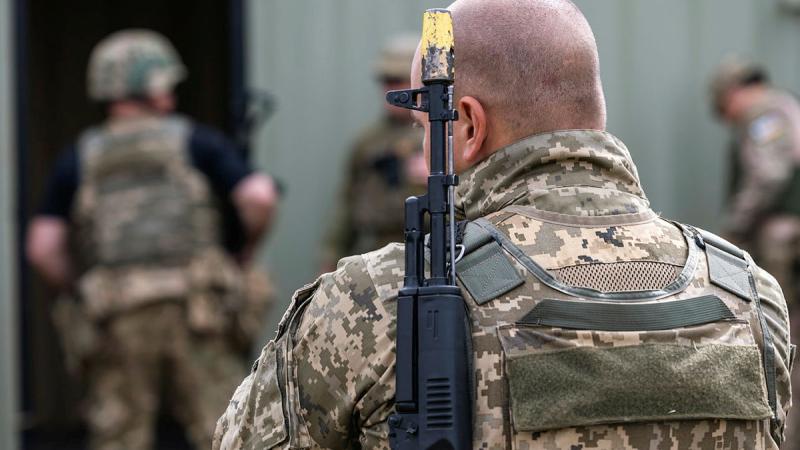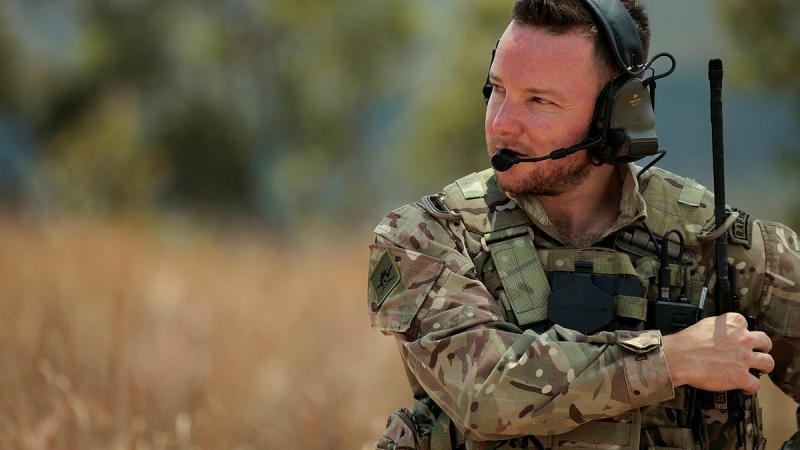A safety observer mustbe used when there is no reasonable alternative to performing energised electrical work (live work). The only exception to not requiring a safety observer is when the live work consists only of testing and a risk assessment shows there is no serious risk associated with the proposed work.
Although safety observers must be trained in low voltage switchboard rescue and CPR, their primary role is to ensure incidents do not occur in the first instance. To achieve this, the safety observer must:
- have a clear understanding of the work being performed and the risks associated with that work
- be positioned such that they can clearly observe the work and warn workers of danger
- have the authority to stop the work before the risks become too high
- not carry out any other work or function that compromises their role as a safety observer
- be able to communicate effectively with all workers involved
- not be responsible for observing more than one task at a time.
If live work is being performed in the work basket of an elevating work platform, the safety observer must not be situated in the basket.
If two or more electrical workers are undertaking the live work, there needs to be a safety observer for each worker.
A safety observer should not be regarded as the sole control measure for live work and must be used in conjunction with a well-documented safe work method statement for the live work, appropriate tools, testing equipment and personal protective equipment.
Although the requirement for safety observers only applies to live work, a safety observer should also be considered as part of the risk assessment when working near exposed live electrical parts, such as:
- fault finding in a switchboard, where there are high prospective fault currents
- installing or replacing components in a switchboard
- performing complex fault finding.
REMEMBER – Don’t take the chance! Whenever possible always turn off the power.







